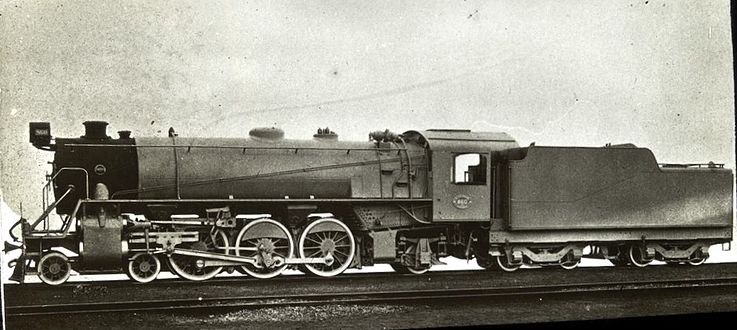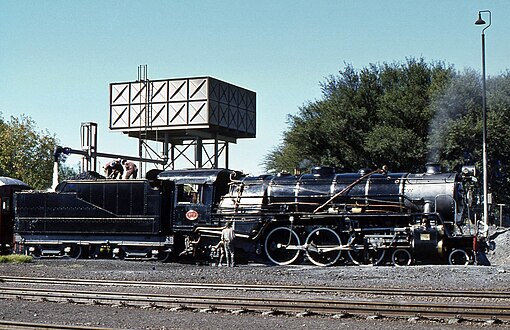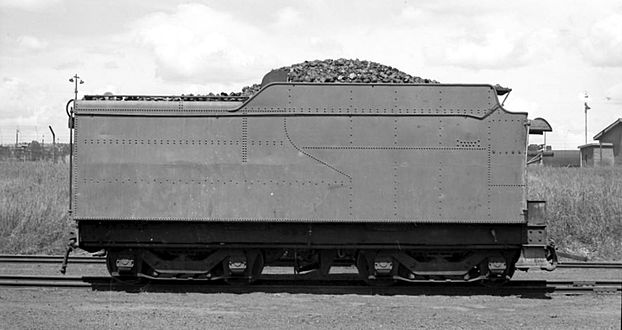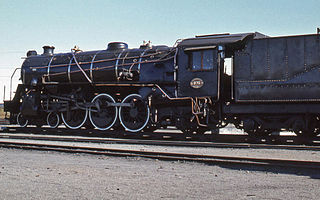
The South African Railways Class 16DA 4-6-2 of 1928 was a steam locomotive.
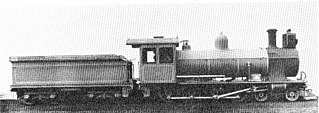
The South African type ZC tender was a steam locomotive tender from the pre-Union era in the Cape of Good Hope.

The South African type YC tender was a steam locomotive tender from the pre-Union era in the Cape of Good Hope.

The South African type YE tender was a steam locomotive tender from the pre-Union era in the Cape of Good Hope.
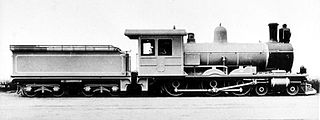
The South African type XD tender was a steam locomotive tender from the pre-Union era in the Cape of Good Hope.
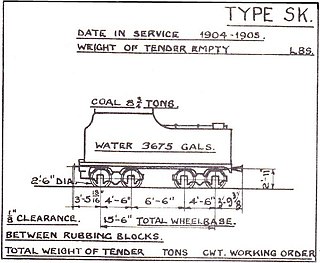
The South African type SK tender was a steam locomotive tender.

The South African type XF2 tender was a steam locomotive tender from the pre-Union era in the Cape of Good Hope.
The South African type XJ tender was a steam locomotive tender.
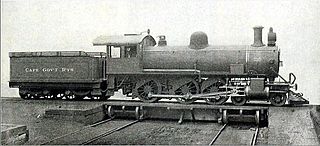
The South African type WE tender was a steam locomotive tender from the pre-Union era in the Cape of Good Hope.

The South African type XM4 tender was a steam locomotive tender.
The South African type LP tender was a steam locomotive tender.

The South African type HT tender was a steam locomotive tender.
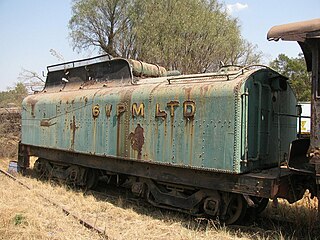
The South African type GT tender was a steam locomotive tender.
The South African type MS tender was a steam locomotive tender.
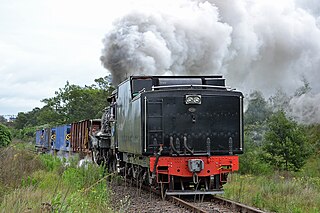
The South African type MT tender was a steam locomotive tender.
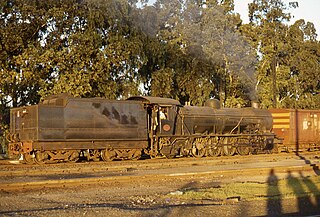
The South African type MT1 tender was a steam locomotive tender.
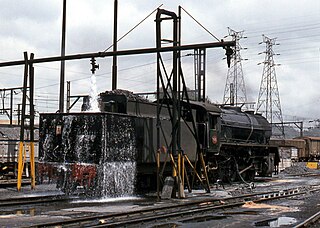
The South African type JT1 tender was a steam locomotive tender.
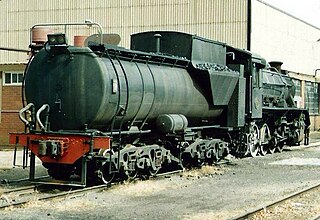
The South African type MY1 tender was a steam locomotive tender.
The South African type ET1 tender was a steam locomotive tender.
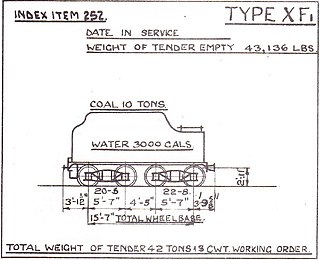
The South African type XF1 tender was a steam locomotive tender.

